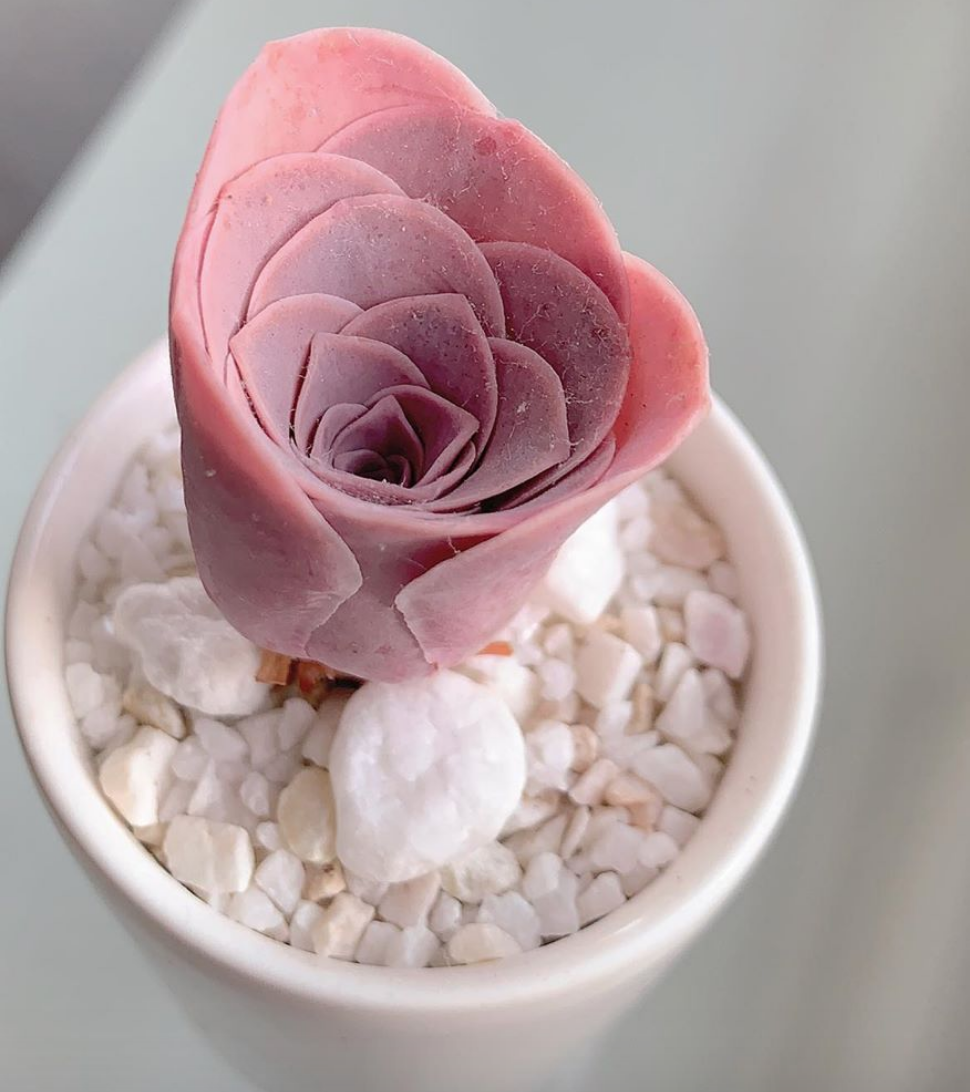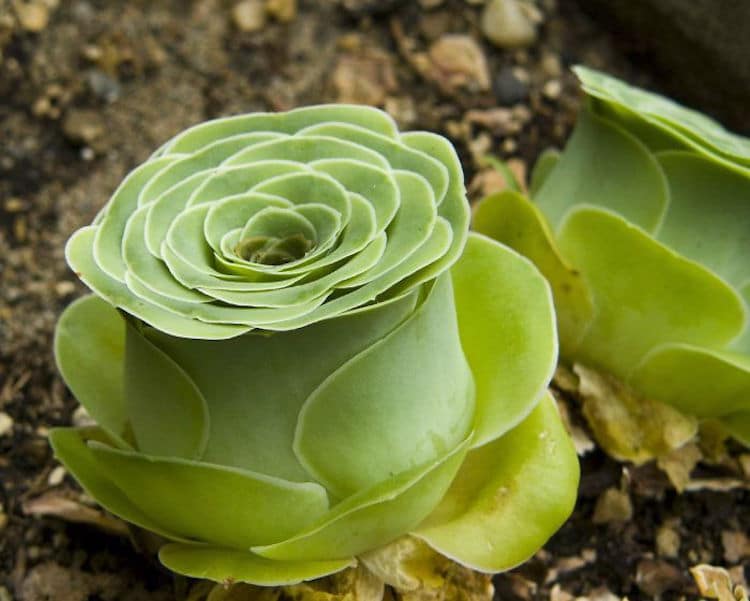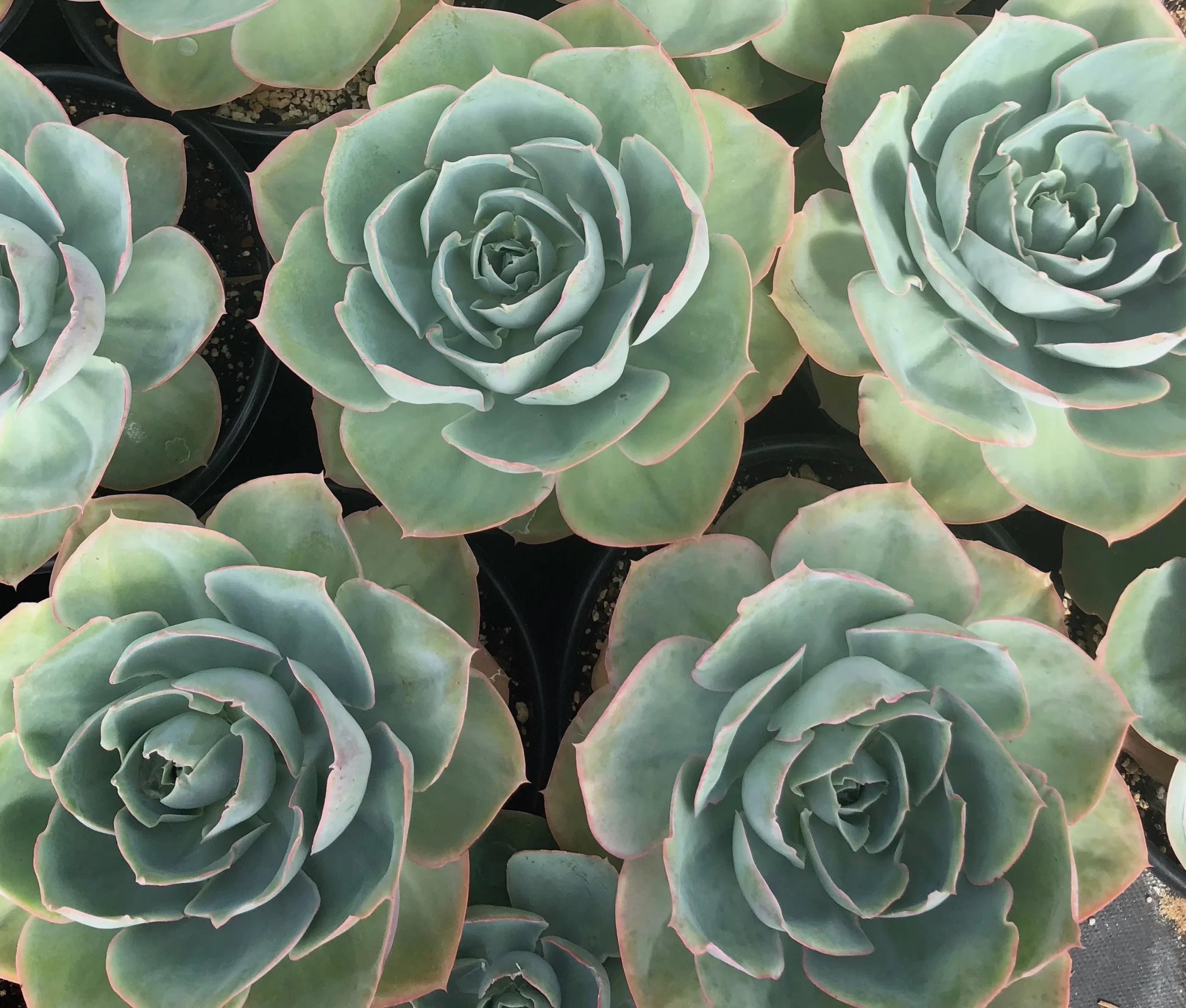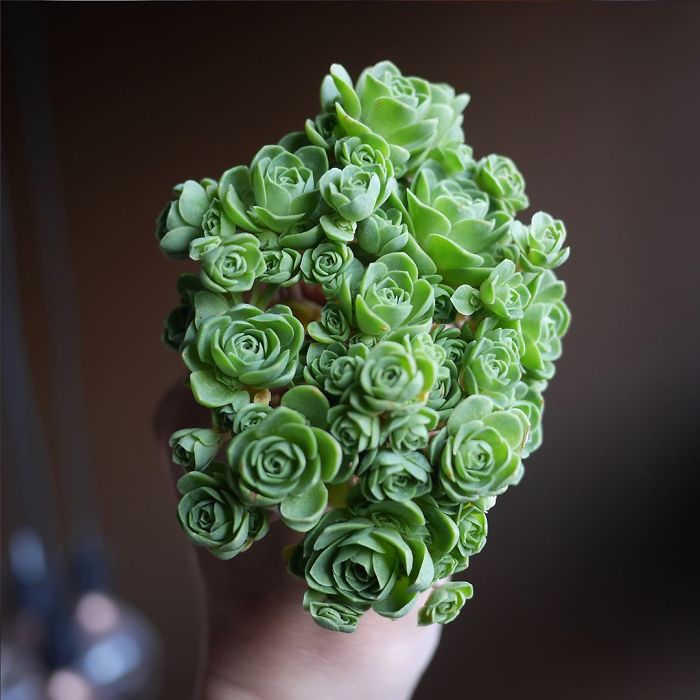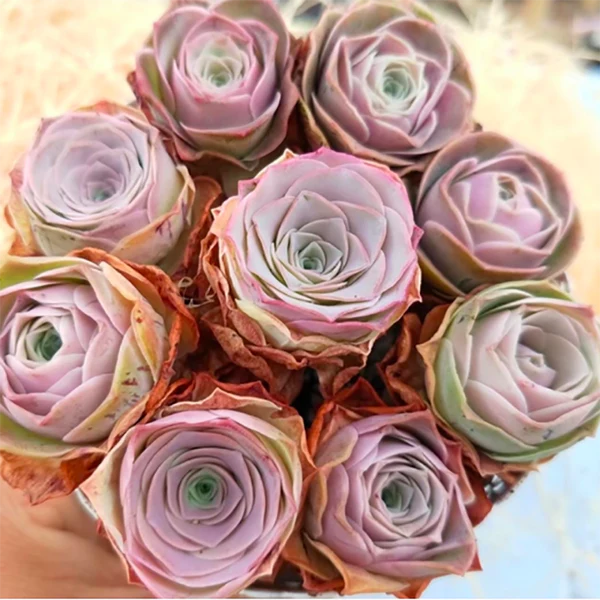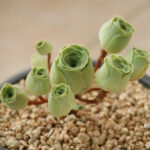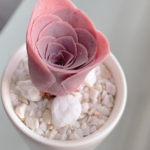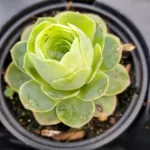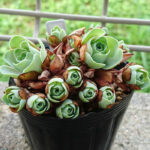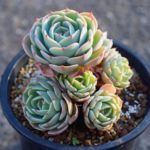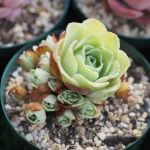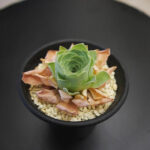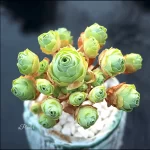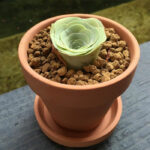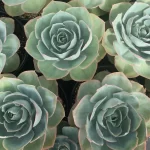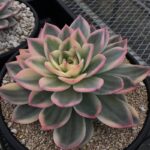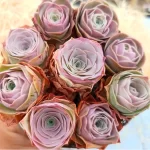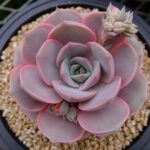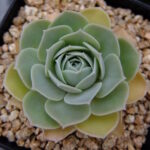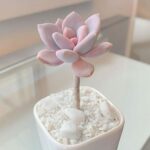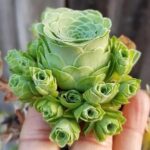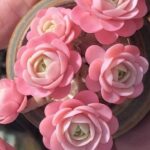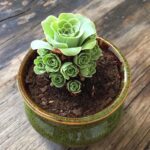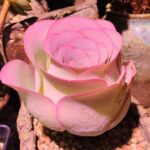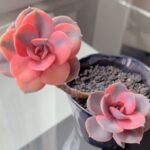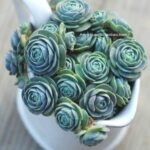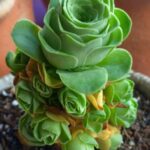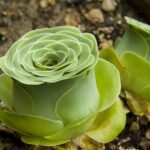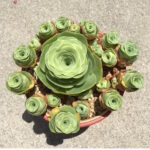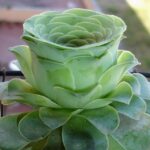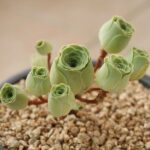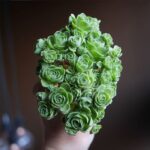The fairytale rose succulent (scientific name: Aeonium dodrantale) is a new trend plant that looks adorable like a rose. House Beautiful even ranks them better than real roses as they don’t wither, have little trouble growing and give the gardener a pretty “flower” all year round. However, Shakespeare’s now famous adage that a rose would smell just as sweet by any other name doesn’t apply to this plant. According to Ask Gardening, while there are succulents that give off a beautiful scent, the rose succulent is not one of them.
Aside from the lack of fragrance, this plant is adorable. A rose succulent grows just a few inches tall and has thick leaves that curve in a similar way to a rose petal, albeit more heartily, says the little prince. Originally classified as Greenovia dodrentalis (according to Martha Stewart they were incorporated into Aeonium dodrantale in 2003), the rose succulent is native to the Canary Islands, just off the coast of Spain. They like light spaces and soil that drains well, but not too well, since rose succulents require a little more moisture than most succulents, says Living Succulents. Read on for a guide on how to grow your own bouquet of these delightful plants.
The word succulent comes from the Latin word for sap, Plant Care Today says, meaning they store water in their leaves or stems, so their roots don’t need a lot of moisture. For this reason, you may consider planting them in a large pot with other succulents with similar soil and watering needs.
Rose succulents are pretty individually, in a display with other succulents, or in a garden with other plants. Remember that rose succulents are small and need lots of light. That’s why planning your garden’s plants needs to consider spaces that the rose succulent can complement without being swallowed up by the shadow of a giant nearby plant.
Rose succulents are beautiful houseplants even if you live in a small space, apartment, or dorm. They look great on a windowsill as they can even thrive in pots as small as a few inches, says the little prince.
Rose succulents aren’t fussy, but growing your bouquet takes dedication. According to My Modern Met, it can take several years from seed for the plant to look like a real rose flower. So perhaps start with a starter succulent that has already grown into a recognizable rose. These can be purchased at specialist nurseries and gardening stores or online. Once your rose succulent plant is mature, it will sprout its own subbuds (pups), which you can cut off and replant to encourage more rosettes to sprout from that flower, says Living Succulents.
To plant rose succulents, start the process in spring and start with a container with drainage holes, says Instagram plant guru @highway92succulents. She likes to use cactus mix, which you can buy ready-made or make at home. A home mix requires 2/3 good potting soil (like Super Soil or Miracle Grow) and modifies that with 1/3 perlite or volcanic pumice. She tells her gardening friends to mix this up like cake batter before planting their rose succulent. Rose succulents can also be planted directly in soil outdoors, according to Kellogg Garden Products, but the soil must be specially suited for succulents, including well-drained, rocky soil that is nutrient-rich.
Although rose succulents hail from arid temperature zones, these little plants can endure some adverse weather conditions. Sublime Succulents, for example, says they can handle cool temperatures as long as you get them out of the cold before there is any sign of the first frost or snow. Therefore, if you are in snowy climates, your rose succulents will need to be potted and brought in for the winter months. If you decide to bring your rose succulents back outside after a long winter, Succulents and Sunshine recommends waiting for a steady nighttime temperature, when there is no longer any risk of frost. When you reintroduce your rose succulents into your outdoor garden during the summer months, make sure it’s getting enough light (indirect, less intense) to maintain that tightly squeezed rosette look that most gardeners love, says Garden beast .
 TopsDecor.com Home Decor Ideas
TopsDecor.com Home Decor Ideas
